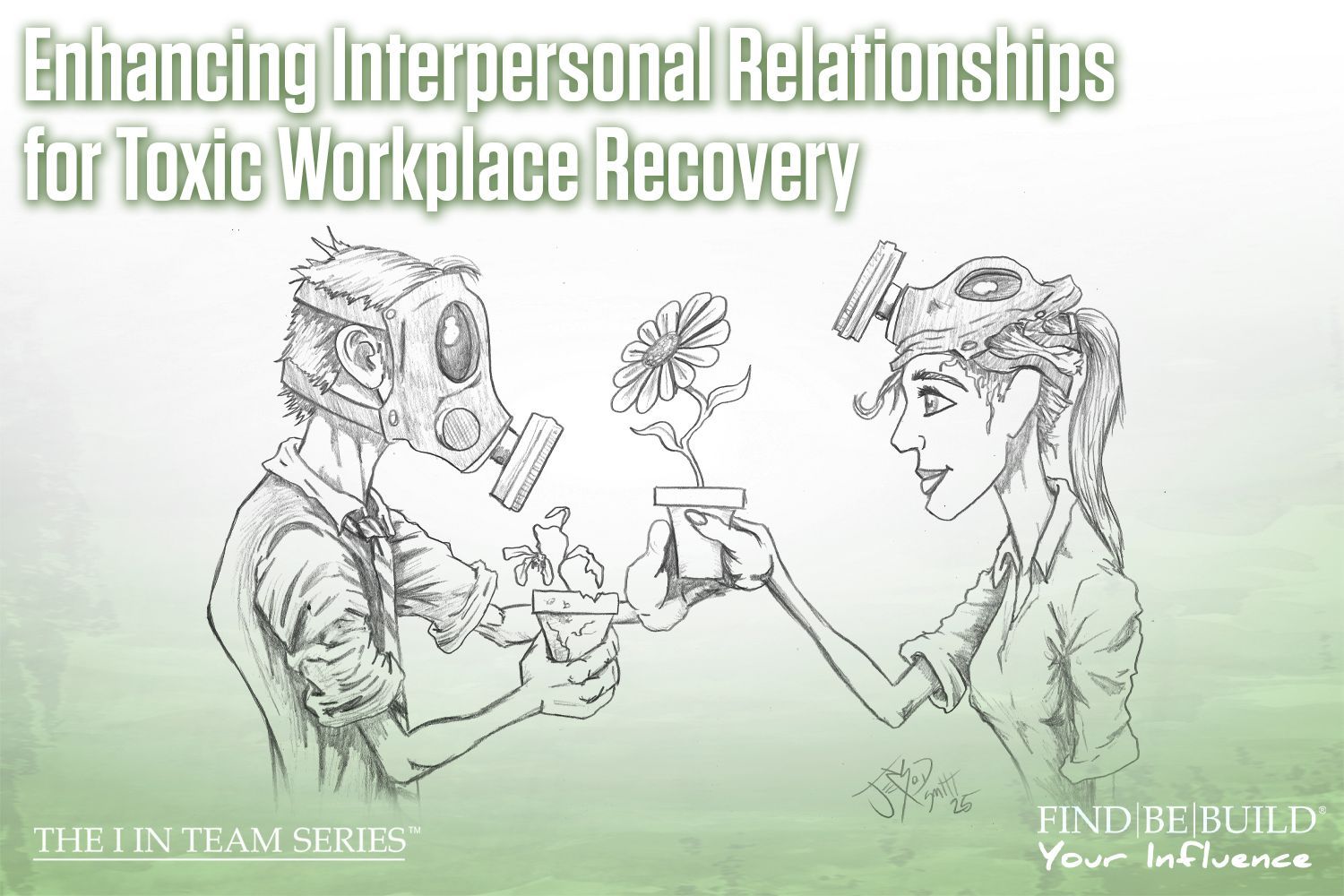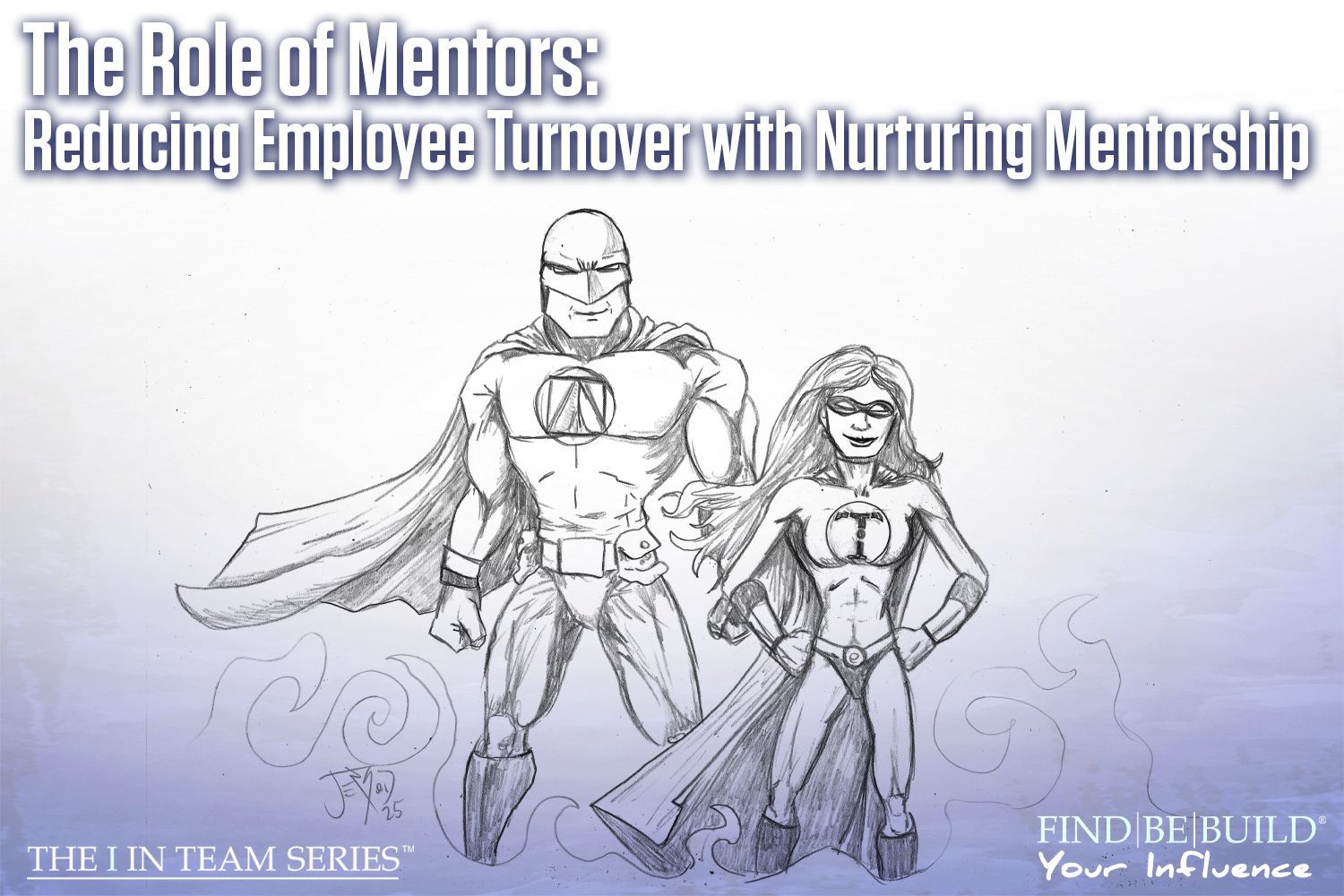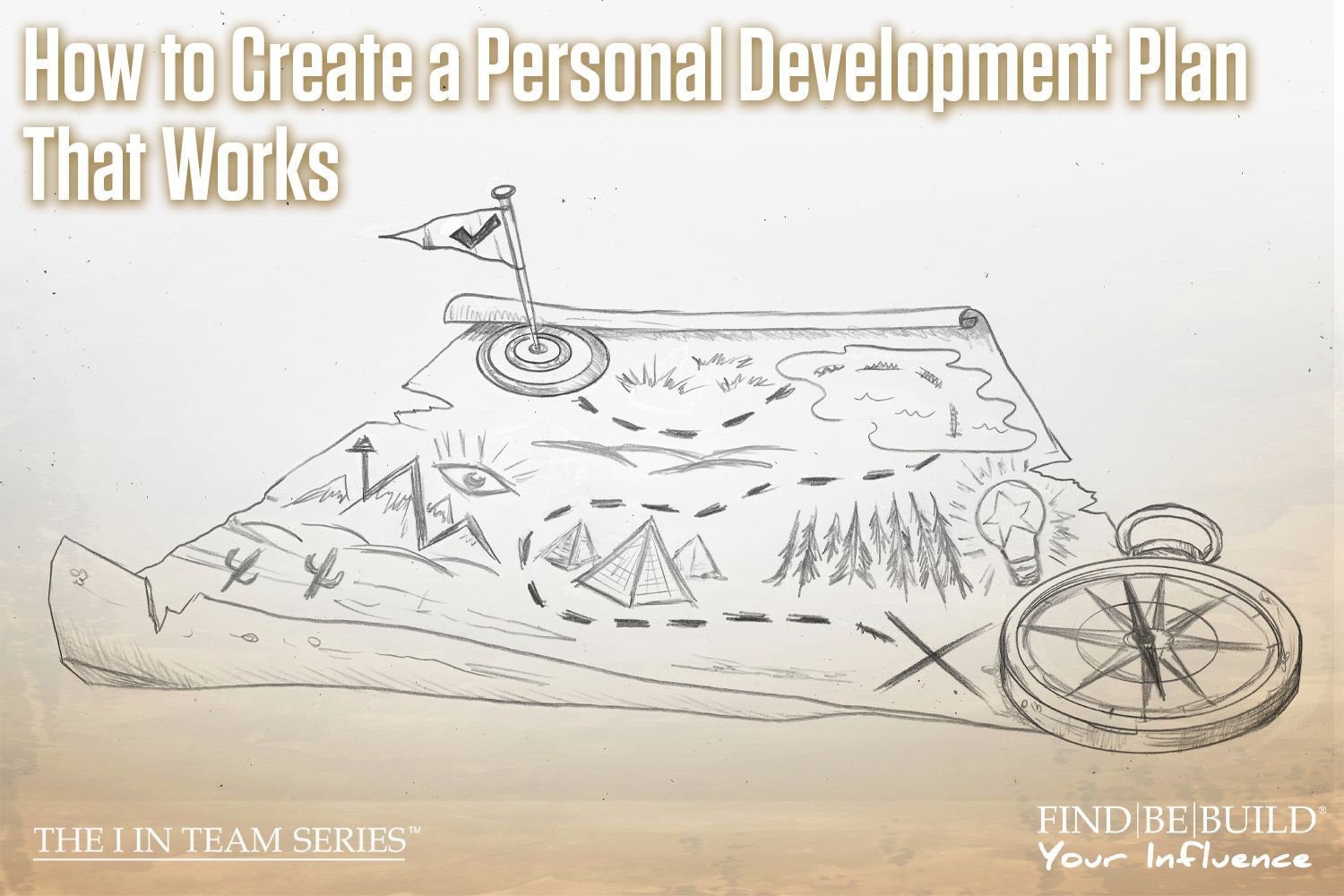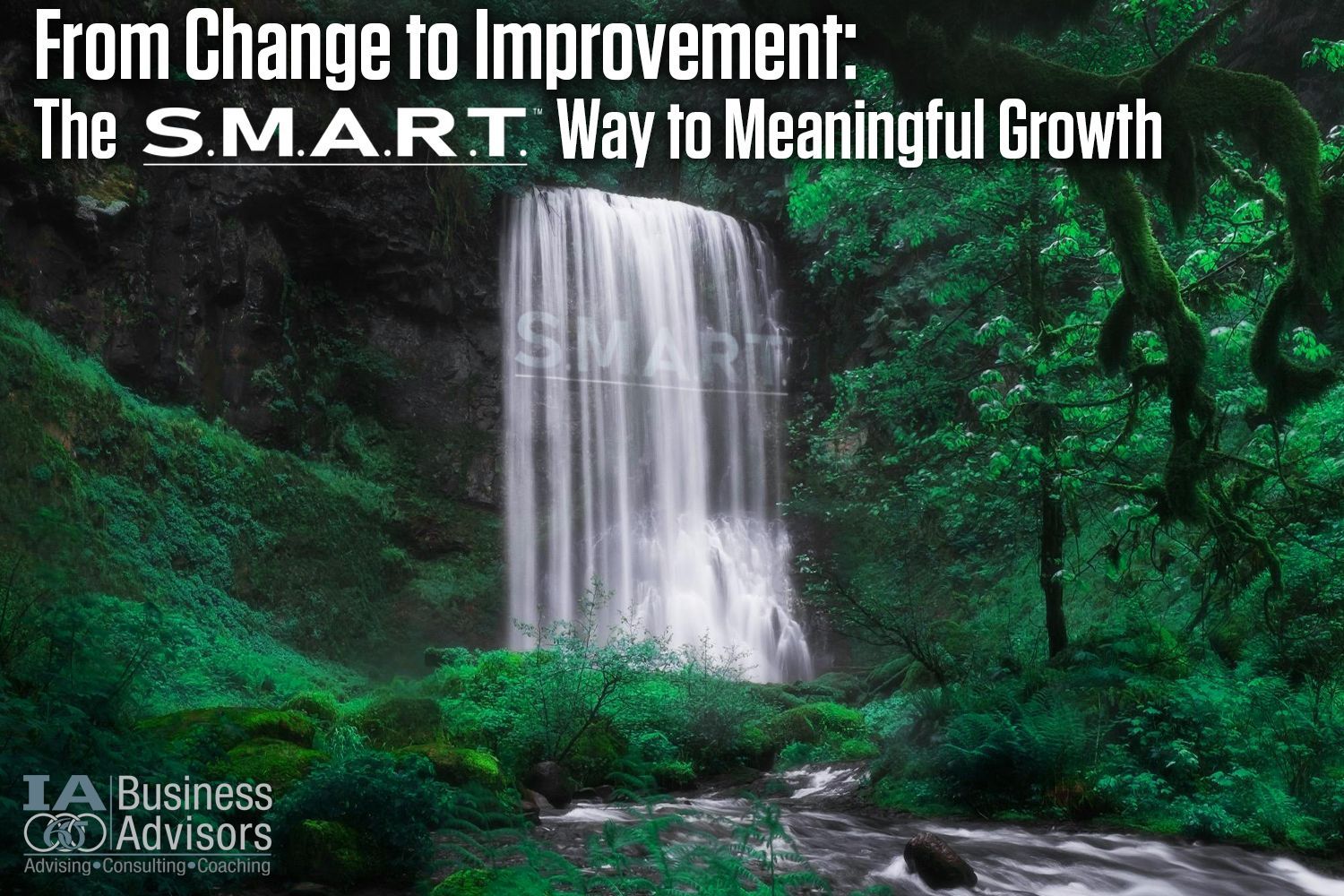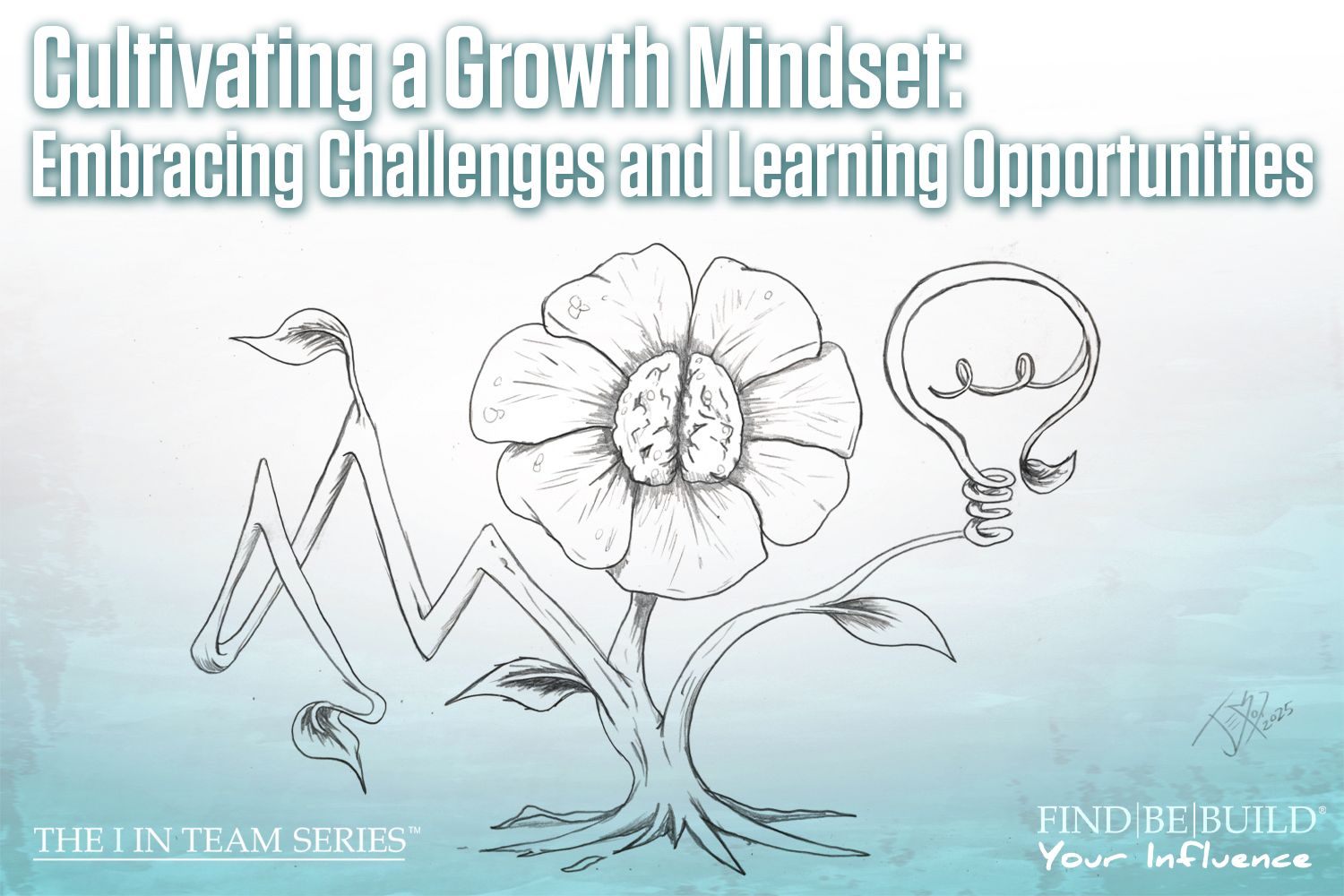The Importance of a Structured Sales Program

structured sales program consulting
Written by: Adam Koleno
Consider the overall success of a company: How large of a role does the sales department play? In many (if not most) organizations, sales are the lifeblood that keep the organization running. Therefore, it’s easy to comprehend why having a structured sales program is vital to company success. Simply put, a sales process or sales program is a set of clearly defined sales stages and milestones that are universally understood by all members within the sales department.
Your team should never question what stage of the sales process or funnel any one deal or prospect is in currently. If you design a structured sales program and ensure your sales team adheres to this procedure, the result is an efficient, consistent, cohesive, and productive sales team. According to Harvard Business Review , the overall benefits of a documented sales process go well beyond increases in productivity and efficiency, they have also shown a correlation to increased revenue, stating, “We discovered that sales forces were most effective at managing their sales pipelines if they had invested time in defining a credible, formalized sales process. In fact, there was an 18% difference in revenue growth between companies that defined a formal sales process and companies that didn’t.”
By creating a structured sales program, not only can your organization build a culture which encourages consistent improvement by way of constant measurement, but you also build a culture where they can take advantage of the following benefits:
Analyze Productivity
Let’s make one thing crystal clear: time is a finite commodity and quite possibly the most valuable resource for both a salesperson and their organization. With the ever-increasing pressure by management and ownership for salespeople to chase more aggressive goals and quotas, the drive to remain productive while still being efficient is more important than ever. Having a defined and structured sales process allows organizations the ability to monitor which daily sales activities are completed and analyze why those tasks were performed in the first place. By sticking to a structured approach and studying the data which can be extracted from it, you can easily identify and eliminate the wasted effort placed on calls, emails, or meetings that have proven to be ineffective and/or inefficient.
Put the Focus Where Needed
As the famous quote states, “Insanity is doing the same thing over and over again and expecting different results.” Without a structured sales process and/or pipeline in place, how does a salesperson know if what they are doing is or isn’t insane, or what they’re focusing on is, in fact, the most important priority? Hopefully, they haven’t already fallen into the trap of doing these insane activities and tasks, not even realizing that it is happening daily. Wouldn’t it be nice to take corrective action preemptively instead of simply hoping and praying that the sales effort put forth every day is actually moving a prospect towards the finish line?
By adhering to the process and making a point to periodically review the data , it is much easier to identify any potential “log jams” within any stage of your sales pipeline or funnel. Once identified, plans can be devised and strategies designed to deal with these potential issues before they become a problem. Logic typically dictates that more work equals more results; however, if the work being done isn’t smart, focused work, and doesn’t directly impact overall pipeline health and revenue generation, then what is actually the point?
Drive Consistency
Being consistent is one of the most overlooked characteristics of a successful sales department , and having a documented process ensures that growth can happen in a qualitative, quantifiable, and realistic way. If your organization lacks a structured sales process, then inconsistency will develop in sales behaviors. This ultimately results in an unpredictable sales funnel, forecast, and projection. Imagine putting your sales team on a boat and everyone begins to row, however, without direction or a common goal (structured sales process) they all end up rowing in completely different directions. Despite the fact that everybody puts in maximum effort and paddles as hard as they can, the effort is ultimately futile. The boat either goes nowhere or spins in circles.
Much like that boat, unless prospects and deals are consistently moving through a repeatable and predictable process, every action and effort is, essentially, a roll of the dice. It really doesn’t matter how talented a salesperson or organization is, or how hard everybody works; without a structured sales program, forecasting any type of accurate result is improbable. Consistency within the sales department will prove to be a key factor in separating the sales professionals from the salespeople, and the successful from the unsuccessful.
Conclusion
Without a documented process and the established framework of a sales pipeline to follow, it is difficult to accurately project and forecast future sales; it is also next to impossible to analyze trends or diagnose any shortcomings in messaging and/or methodology. Ultimately, process creation and pipeline management are critical activities for every sales organization and could have a huge impact on its overall bottom line. It cannot be emphasized enough, however, that always questioning the current state of the established process is a fundamental sales leadership approach in developing high-performing traits and habits.
At the end of the day, revenue is by far the most important barometer to a salespersons’ or organizations’ short-term and long-term financial success. Without a structured sales program, any real attempt to measure the effectiveness of sales activities performed daily, the efficiency of locating opportunities as a result of that effort, and how it all relates to future revenue generation becomes nothing more than a guess. Unfortunately, more often than not, that guess ends up causing more issues for the organization. If you need assistance creating or reviewing your sales process, contact IA Business Advisors. Our team would love to help you review or design your process to make it as efficient and effective for your business model as possible.
The post The Importance of a Structured Sales Program appeared first on IA Business Advisors.

